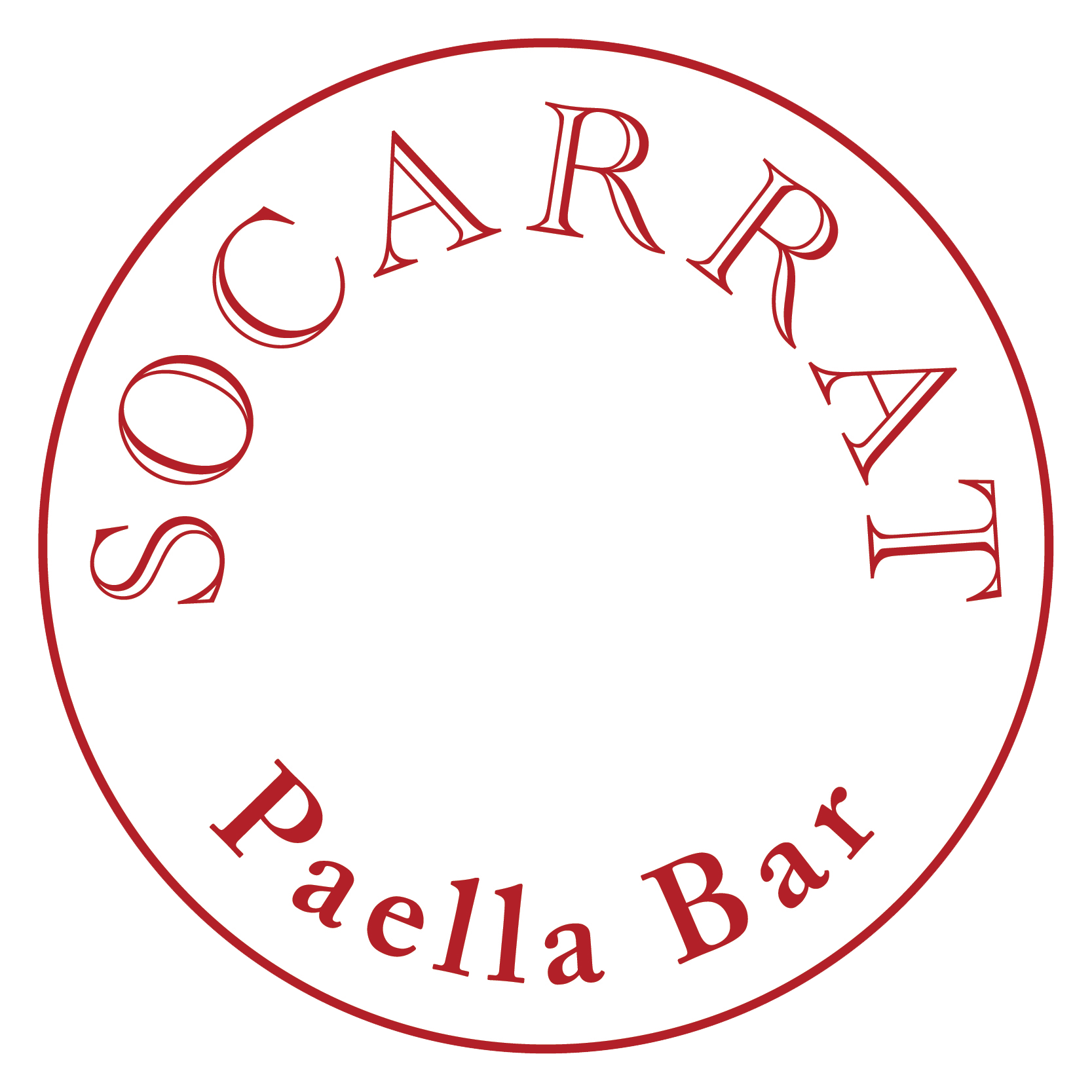Nearly, around 90% of Spain’s yearly ham output is serrano ham, also known as jamón serrano. These hams are made primarily by reproducing the effects of historic production methods in contemporary production facilities, using white pigs bred chiefly on cereal grains as their primary diet. Hams are often produced using giant white pigs such as Durocs, Pietrains, Landraces and other breeds prevalent in Europe.
What is Serrano Ham?

Traditional pork is used in the curing process for making jamón serrano, a kind of country ham. People in the mountainous regions of Spain have been curing fresh hams by wrapping them in sea salt and hanging them from the rafters of their homes for an untold amount of time. After another year to eighteen months, the jamones are ready to eat.
There is no need to cook these hams; they are sliced thinly and eaten with a glass of Spanish wine. They may be included in a wide variety of dishes, such as Spanish croquettes. Compared to hams prepared in other nations, Serrano is more robust and has an overall uniform texture. The ham also has marbling, a warm red color, and a rich taste characteristic of ham.
Spanish Serrano Ham

The pride of Spain is the Iberian ham known as jamón ibérico. The ancestry of the one-of-a-kind creatures that live in the wild on the Iberian Peninsula and are responsible for producing these hams dates back to prehistoric times. When Christopher Columbus sailed off in search of the New World, he brought a few of them aboard the Santa Maria.
The Iberian ham raised on bellota acorns is known as Ibérico de Bellota (bellota literally means acorn). These lucky Ibérico pigs are allowed to freely explore the grassy meadows of the dehesa, which is the traditional rangeland found in western Spain. They put on as much as a kilo of weight each day as they consume the acorns that fall from the holm oak and cork trees in the autumn. The majority of the fat that is produced is monounsaturated. People often refer to them as “walking olive trees” because the fat in their bodies is almost as beneficial as extra virgin olive oil.
When Ibérico de Bellota hams are cured for 24 to 48 months, they lose about half of their initial weight due to the fat melting away throughout the curing process. The hams have a highly complex flavor, a unique marbling pattern, a very dark red color, and a strong ham flavor doused in monounsaturated fat when the curing process is complete.
Related Article: Jamon Serrano vs Iberico
Serrano Ham vs Prosciutto
Both prosciutto and jamon serrano originate from white pig breeds related to one another. However, neither product tastes or feels the same as the other. Prosciutto from Italy has a milder, more subtle flavor than serrano ham from Spain and a moister overall consistency. It ultimately results in a darker color and a more robust flavor throughout the wine.
This is because the curing period for serrano ham is lengthier than the curing phase for other hams, often lasting up to 18 months. There are other variances in the overall processing of the hams. The word “Jamon Serrano” originates from “ham from the sierra,” which translates to “ham from the mountain range.”
After undergoing a lengthy curing period, jamon is stored in “decades,” also known as drying sheds, to ensure that it remains dry and at a comfortable temperature. As a rule, these secaderos are constructed on higher ground elevations, where the moniker “mountain ham” originates.
The culinary umbrella word “jamon serrano” refers to any dry-cured hams made in Spain. Along with paella and gazpacho, it is one of the Spanish specialties and dishes most closely associated with Spain that is known and enjoyed worldwide. Fresh serrano hams are prepared by trimming, cleaning and then covering them with salt for a couple of weeks to remove excess moisture from the flesh and preserve it.
After being tended to remove the salt, the hams are hung to dry for around six months before being suspended in the secaderos for a period ranging from six to eighteen months. The manufacturing method also differs in a few other ways, contributing to each separate ham’s unique flavors and textures. These differences serve to bring these characteristics into being.
Our Spanish restaurants offer a board with Serrano ham (jamón serrano), a board with Iberico ham (jamón Ibérico), and a board called the Campero board, which features Serrano ham in addition to other products from Spain such as chorizo Ibérico and Manchego cheese, served with crostini bread. All of these boards are accompanied by a selection of Spanish cheeses.
You can also sample our fantastic tapa Vieiras with Ibérico, which consists of scallops sautéed with 5 Jotas Iberico ham, asparagus, and soy mayonnaise. Alternatively, you may have our Jamón toast for lunch, topped with serrano ham, tomato spread, Manchego, and balsamic oil.


